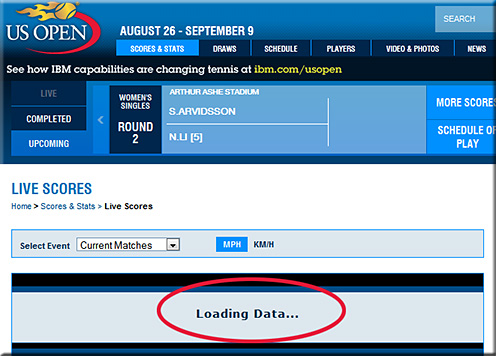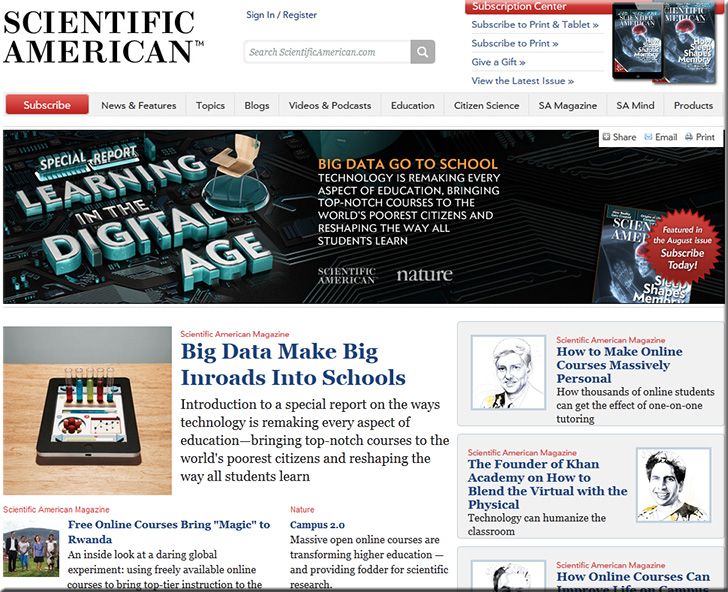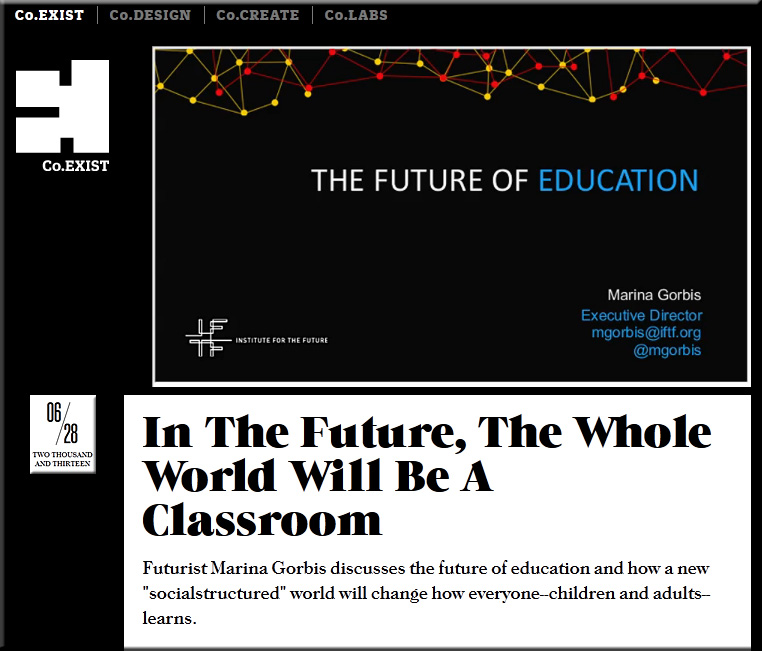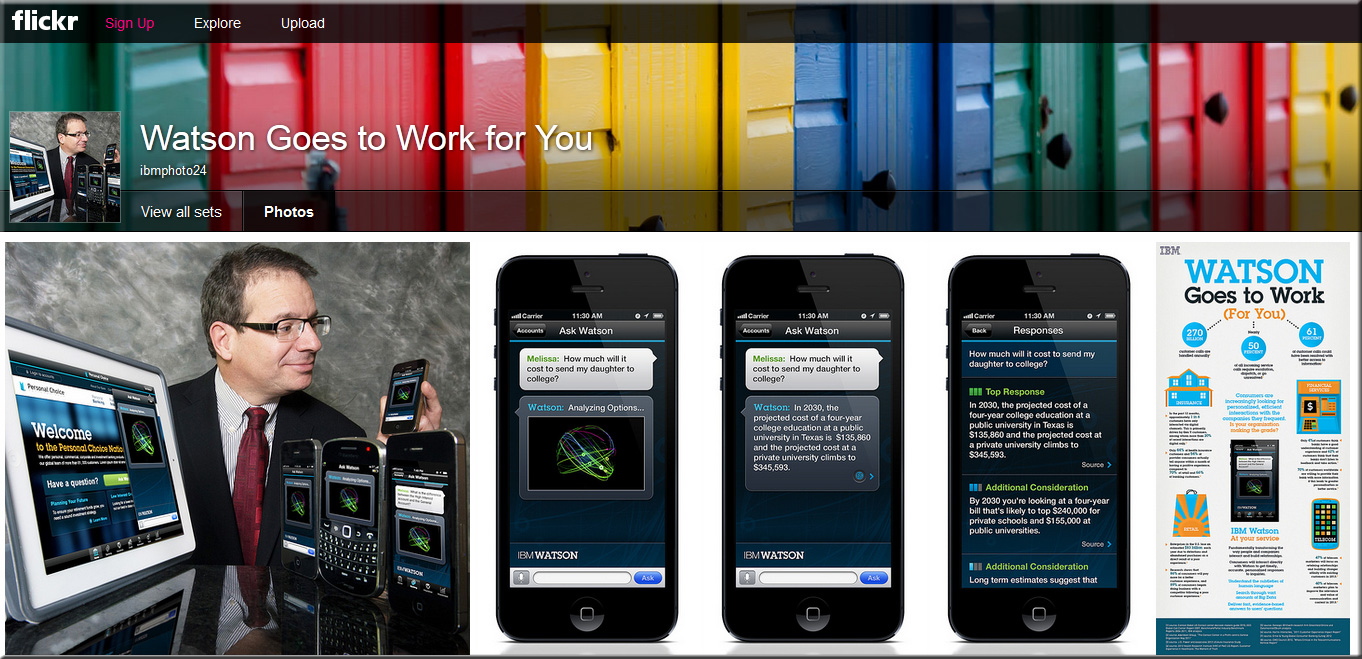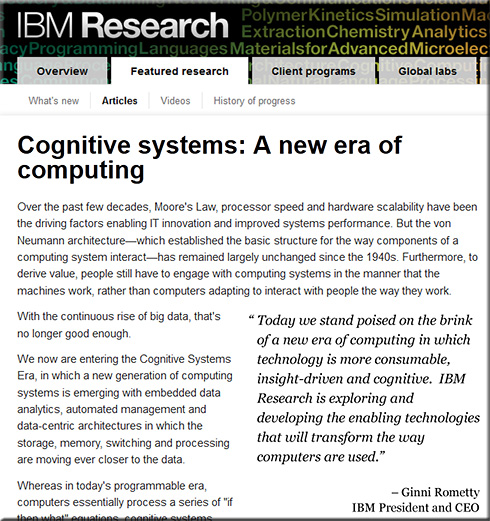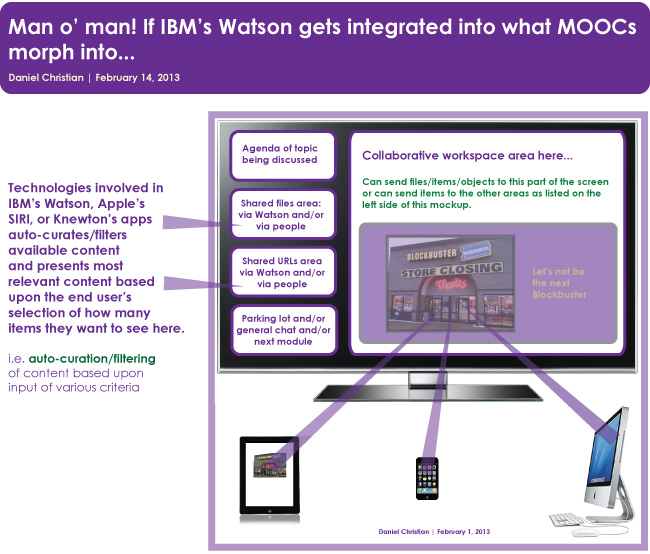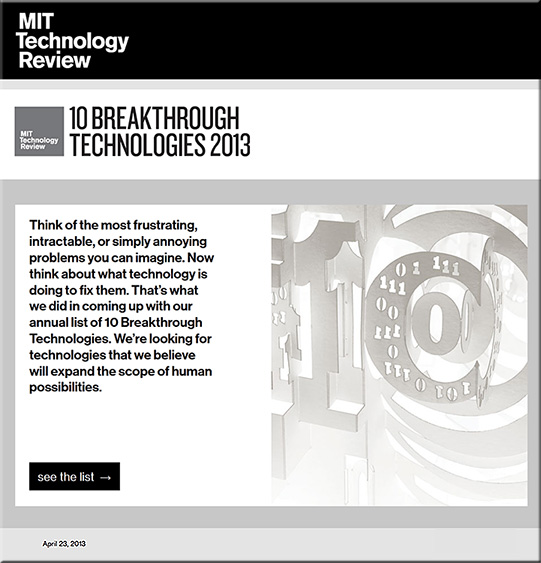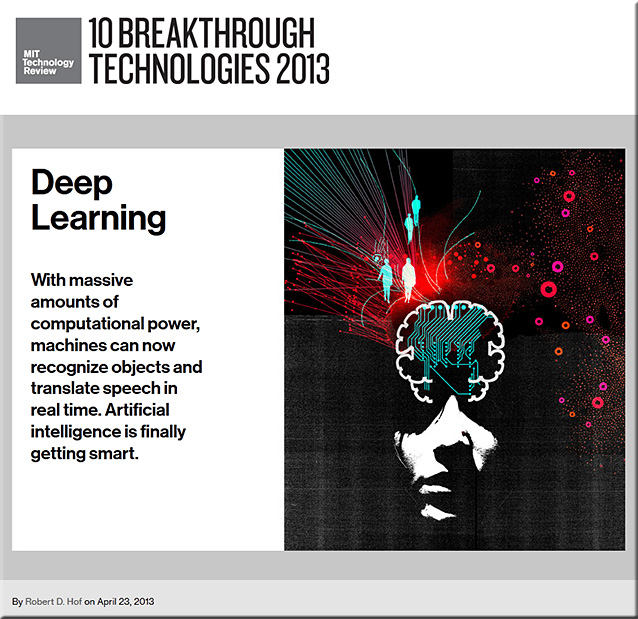Purdue software boosts graduation rate 21 percent — from purdue.edu
Excerpt:
WEST LAFAYETTE, Ind. – A data-mining and analysis software program called Signals developed by Purdue University has increased six-year graduation rates by 21.48 percent, according to a recent review of data from the 2007 cohort of students.
The increased graduation rates were for students who were in two or more Signals-enabled classes compared to students who had not taken any Signals-enabled courses. Students who had taken just one Signals-enabled course graduated 20.87 percent higher than those who had taken none.
…
The Signals software looks at students’ online academic behaviors, such as whether they opened a reading assignment or completed a set of math exercises. It combines this information with demographic information about the student, such as his or her standardized test scores, high school GPA, and current grades. In all the system uses more than 20 reference datapoints.
Signals then displays a simple and intuitive red, yellow or green signal on the student’s course website to let them know how they are doing in that course.
From DSC:
It seems to me that this is the type of underlying technology/toolset that holds enormous potential for online and blended learning environments. It’s similar to what IBM’s Watson seems to be doing for determining effective plans of action for cancer patients. The software takes in data from numerous different areas to form a list of the most potentially-effective plans of action (along with the %’s of how likely those items are the causes of actual concern).
Above graphic from:
IBM’s Watson interns at Memorial Sloan-Kettering
Also see:
IBM’s Watson supercomputer to diagnose patients
Watson will initially be used to help treat cancer patients
Excerpt (emphasis DSC):
“The implications for healthcare are extraordinary,” said Lori Beer, WellPoint’s executive vice president of Enterprise Business Services. “We believe new solutions built on the IBM Watson technology will be valuable for our provider partners, and more importantly, give us new tools to help ensure our members are receiving the best possible care.”
Addendums on 9/27:
- Why the Course Signals Math Does Not Add Up — from hapgood.us. by Mike Caulfield
- Purdue U. Software Prompts Students to Study—and Graduate — from chronicle.com by Hannah Winston











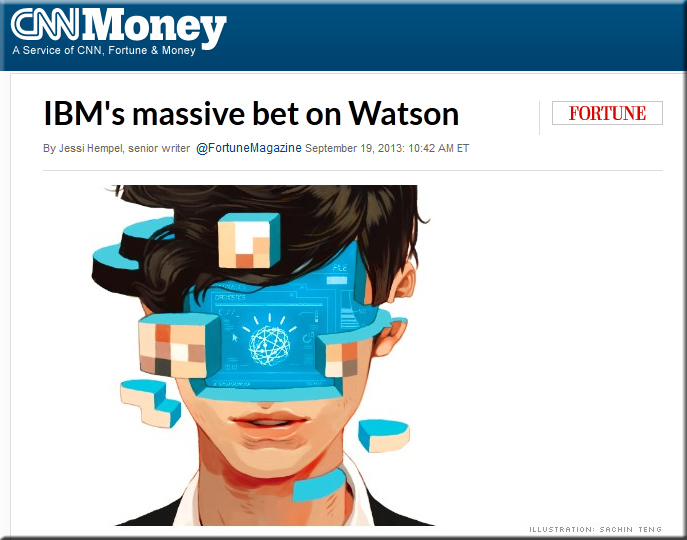
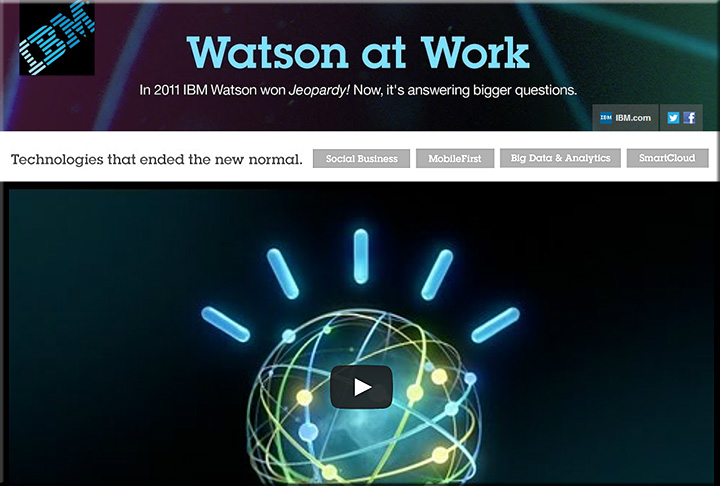
![The Living [Class] Room -- by Daniel Christian -- July 2012 -- a second device used in conjunction with a Smart/Connected TV](http://danielschristian.com/learning-ecosystems/wp-content/uploads/2012/07/The-Living-Class-Room-Daniel-S-Christian-July-2012.jpg)

